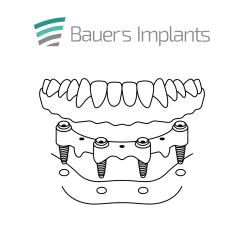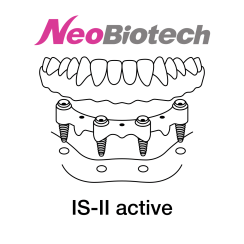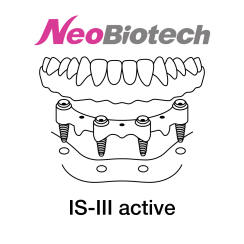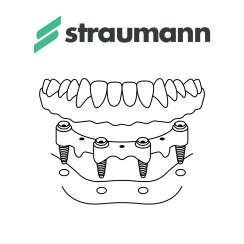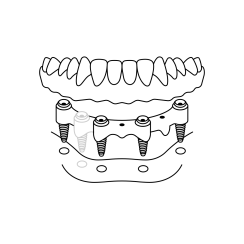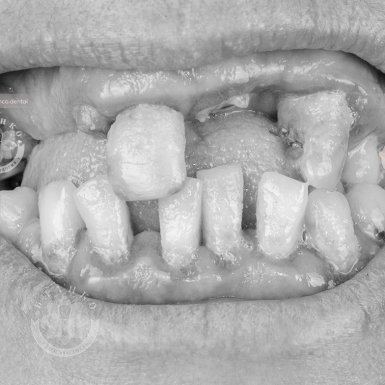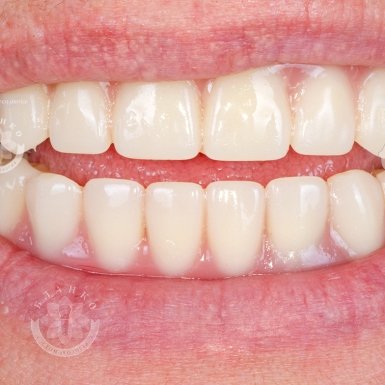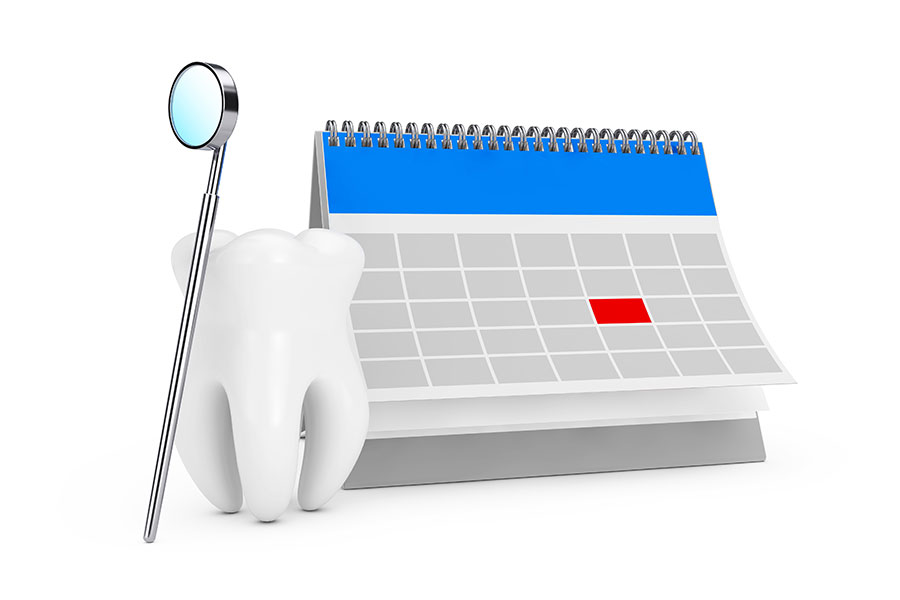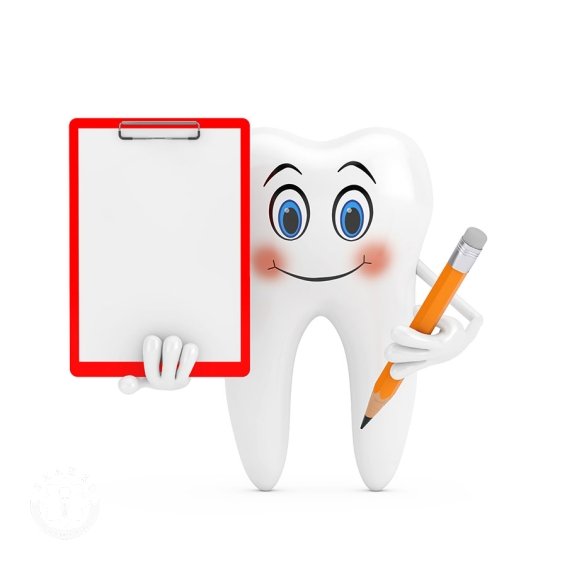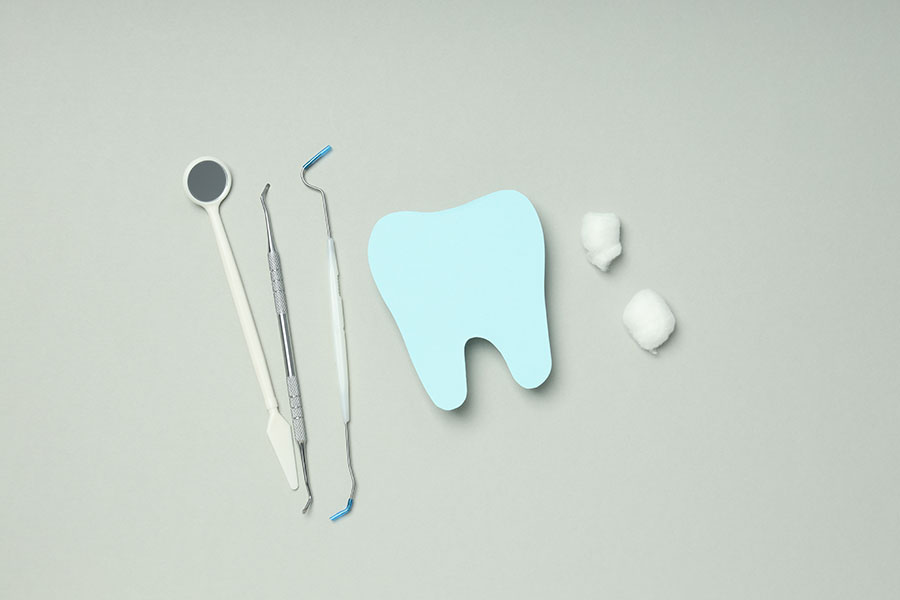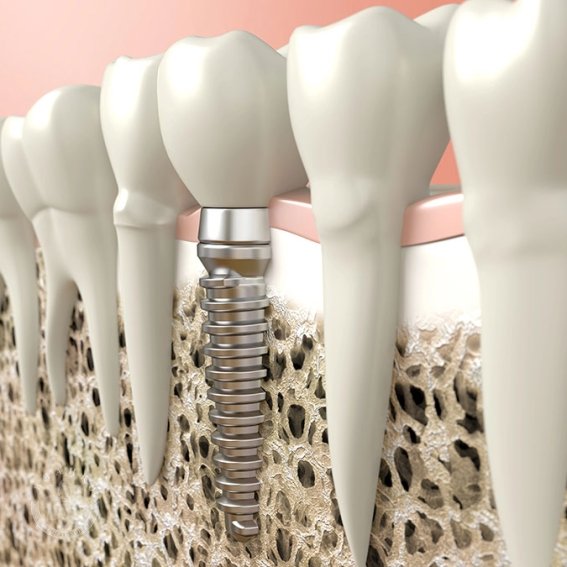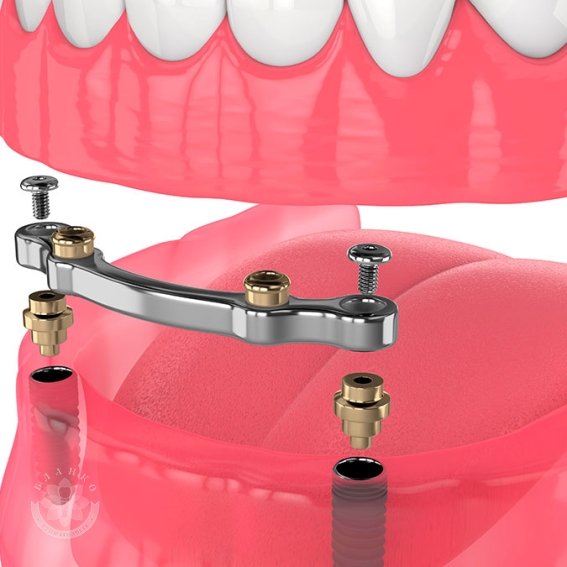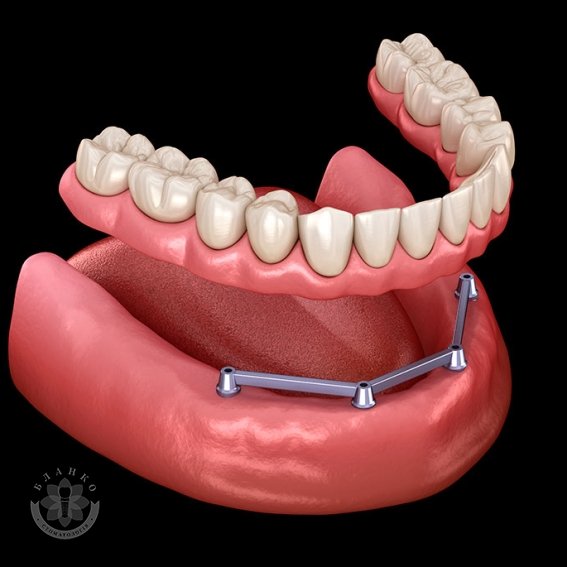
- Selection of implants and manufacturer
- Complexity of the clinical case
- Technologies and materials used for the orthopedic structure

| Service name | Price |
|---|---|
| Протез на балке «Под ключ», Bauers ( Украина ) | 94539 ₴ |
| Протез на балке «Под ключ», NeoBioTech IS II Active ( Южная Корея ) | 105409 ₴ |
| Протез на балке «Под ключ», NeoBioTech IS III Active ( Южная Корея ) | 112669 ₴ |
| Протез на балке «Под ключ», ICX ( Германия ) | 150569 ₴ |
| Протез на балке «Под ключ», Straumann ( Швейцария ) | 328259 ₴ |
| Установка дополнительного импланта в концепции «all-on-four» | 15759 ₴ |
| Временная несъемная ортопедическая конструкция «всё на четырёх» система фиксации «мульти-юнит» | 35219 ₴ |



Consultation and diagnostics
The first and most important stage of preparation is a visit to the dentist. The doctor conducts a comprehensive examination of the oral cavity and performs the necessary diagnostic procedures:
- Computer tomography (CT) is a mandatory step in planning implantation. CT allows you to study the structure of bone tissue in detail, determine the volume and density of the bone, as well as the location of nerves and sinuses.
- Assessment of general health - it is important to assess whether the patient has contraindications to implantation, such as diabetes, cardiovascular disease or problems with tissue healing.
Correction of oral health
Before installing implants, it is important to sanitize the oral cavity. This may include:
- Treatment of caries, if present.
- Treatment of gum diseases such as gingivitis or periodontitis. Gum health is a key factor in successful implantation.
- Removal of plaque and tartar to prevent infections.
If the patient does not have enough bone tissue to install implants, the doctor may suggest bone grafting (sinus lift) to provide enough bone volume for reliable fixation of the implants.
Preparing for surgery
Before surgery, the doctor may give recommendations on food and medication intake:
- Quitting smoking - smoking slows down the tissue healing process and can negatively affect the success of the implantation.
- Taking medications - If you are taking any medications, especially blood thinners, be sure to tell the doctor. You may need to temporarily stop taking them before surgery.
- Diet - on the day of surgery, it is recommended not to eat or drink for several hours before the procedure if general anesthesia is used.


If you do not install an implant in time, especially in the complete absence of teeth, the process of atrophy of the jaw bone tissue will begin. When teeth are missing, the bone stops receiving the load that is necessary to maintain it in a normal state. Bone tissue gradually deteriorates, loses volume and height.
In the future, this may complicate the implantation process, since additional bone grafting will be required to restore the lost bone volume.

Without dental implants, the face can become deformed. Due to bone loss and missing teeth, the jaw "sinks", which leads to the face becoming older and emaciated.
The cheeks can sink, the lips can lose their previous shape, and the overall facial expression can become less harmonious. Installing implants with a fixed orthopedic structure helps to avoid these changes, maintaining the shape of the face and returning the patient to youth and attractiveness.

The absence of teeth significantly affects the ability to chew food normally. Insufficiently crushed food can lead to gastrointestinal tract disorders, such as gastritis, heartburn or dysbacteriosis.
A fixed structure on implants allows you to restore full chewing function, which prevents such problems and improves the overall quality of life of the patient.
The procedure for installing four implants "turnkey" is a method of dental implantation, when four dental implants are installed in place of missing teeth, onto which a non-removable orthopedic structure is fixed. This technique is usually used in the case of a complete absence of teeth on one jaw and is an effective alternative to complete removable dentures.
Implants are installed at key points of the jaw, which ensures the stability of the structure. A non-removable structure with beam fixation distributes the chewing load between all implants, increasing the comfort and durability of the system.
Beam fixation ensures reliable and uniform transfer of chewing load to implants. Compared to traditional removable dentures or fixation on individual abutments, the beam design is highly stable, eliminates prosthesis mobility and makes its use more comfortable for the patient.
This is especially important when chewing hard foods. Beam fixation also reduces the load on the bone, preventing its atrophy, which extends the service life of the implants.
The service life of implants with proper care and regular visits to the dentist can reach 15-20 years or more. It is important to consider that the durability of implants and orthopedic structures depends on many factors, such as the quality of bone tissue, individual characteristics of the body, compliance with oral hygiene rules and regularity of preventive examinations.
The beam structure is also durable, but may require periodic adjustments or replacement of elements (for example, abutments or the beam itself) after several years of use.
After the implants are installed, the patient may experience discomfort, swelling, and minor pain in the area of the operation. These symptoms usually disappear within a few days after the intervention. The process of integrating the implants with the bone tissue (osseointegration) takes from 3 to 6 months, depending on the individual characteristics of the patient.
After this, a permanent non-removable orthopedic structure is installed. The patient can begin to chew and speak normally almost immediately, and getting used to the new structure usually takes several weeks.


